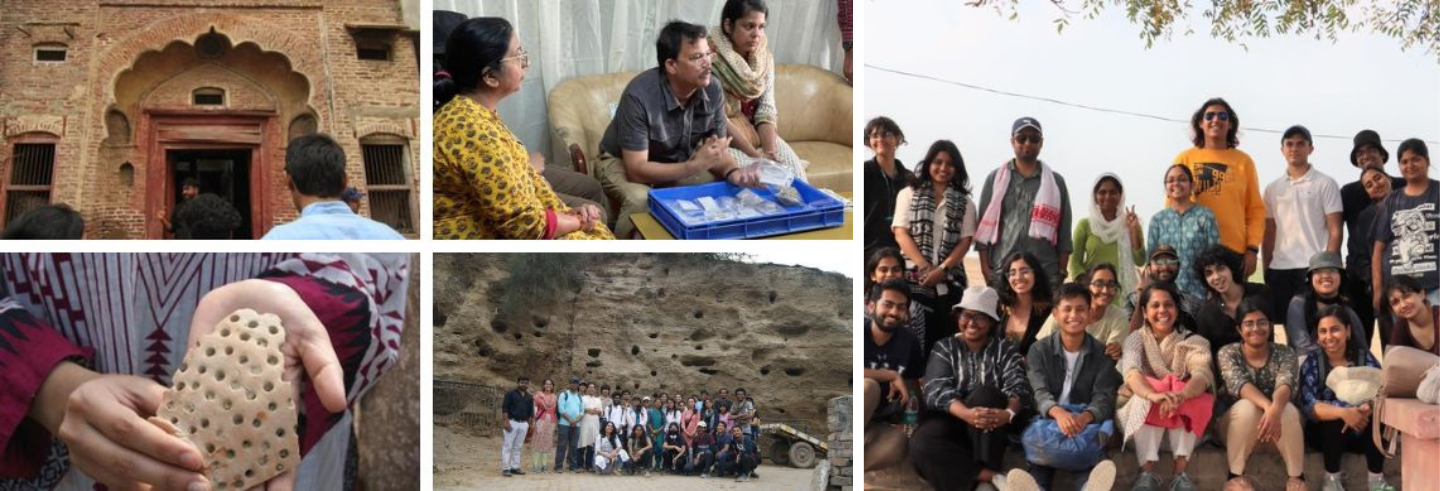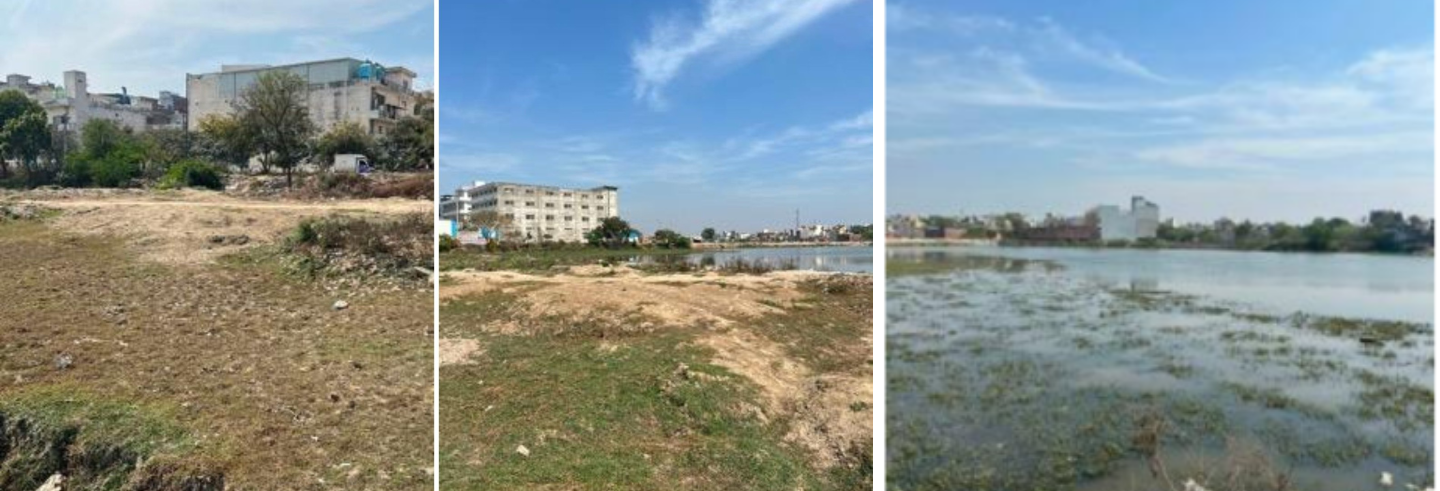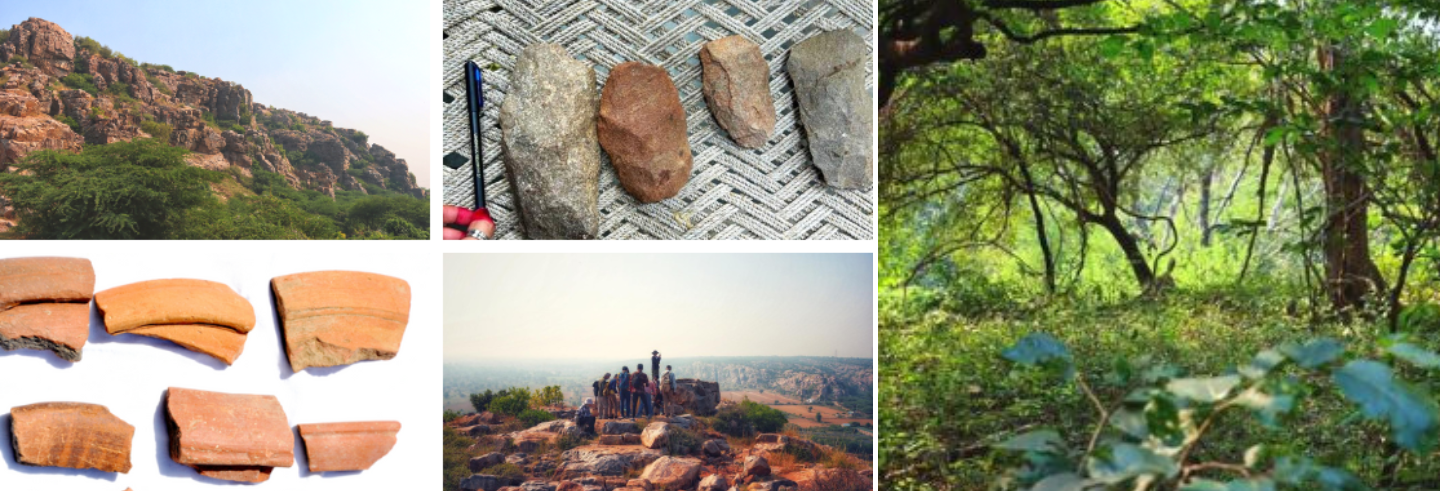The Harappan City of Rakhigarhi
The archaeological site of Rakhigarhi is one of the oldest and largest cities of the subcontinent’s earliest known Bronze Age urban culture—the Indus Valley or Harappan Civilization—located in the Hissar district of Haryana, approximately 150 kms from our campus. This site, protected by the Archaeological Survey of India (ASI), is currently under excavation by the Institute of Archaeology, New Delhi. Rakhigarhi constitutes one of the only two cities of the Harappan Era (6th millennium–1900 BC) situated within India’s current political boundary, the other being Dholavira in Gujarat. The exploration around this site has clearly identified seven archaeological mounds spread over an area of approximately 350 ha. However, recently, archaeologist Professor Vasant Shinde has argued that the site of Rakhigarhi is comprised of 11 mounds, which would thus make it the largest known Harappan site. Rakhigarhi primarily yields evidence of occupation during the Early and Mature Harappan periods with the site being completely abandoned during the Late Harappan period, and people who had lived at this site for thousands of years moving away to a new location, which remains unidentified. This means that the large mounds that are currently visible at Rakhigarhi were formed in the course of 700 or 800 years of Mature Harappan occupation. Rakhigarhi is also well-known as the site which has yielded the only DNA evidence from the Harappan era [https://www.science.org/content/article/genome-nearly-5000-year-old-woman-links-modern-indians-ancient-civilization].
Know MoreField Report of an oxbow lake in Sersa, Haryana
This field report investigates the possibility of an oxbow lake in Sersa, Haryana. It provides satellite and on-site evidence for the lake’s existence. Oxbow lakes are formed when a river meanders and a part of it separates from the stream of the river to form a ‘U’ shaped curve. In the Gangetic Plain of Northern India, the perennial rivers are susceptible to the phenomenon of oxbow lakes, especially in Uttar Pradesh and Haryana1. In Uttar Pradesh, such lakes have prehistoric settlements in their vicinity. This cannot be confirmed in the case of Sersa but in the future, it is worth exploring for assessing its archaeological potential. The team for the reconnaissance consisted of Aneesh Sriram, Saketh Sundar and Tejas Nageshwaran of Ashoka University.
Know MoreThe Spirit of Conservation: the Case of Mangar Bani
This field report has been written by Jatin Abhir.
On 21st October, 2023, a field trip to Mangar Bani was organised for students enrolled in the courses The Jungle, the Spade and the Book and Archaeology and Science. This fieldwork was intended to introduce us to the kind of evidence one can encounter while attempting to write a history of forests and wilderness. The group was led by Prof. Nayanjot Lahiri, and upon reaching the forest, we were joined by forest researchers Chetan Agarwal and Sunil Harsana, the latter of whom was born and raised in Mangar, a village adjacent to the sacred forest. Both of them have for decades laboured to defend Mangar from corporate encroachment and have extensively documented the flora and fauna of the region.
Know More








